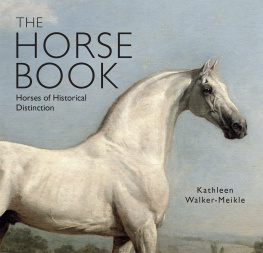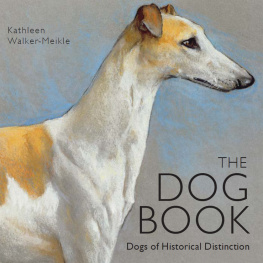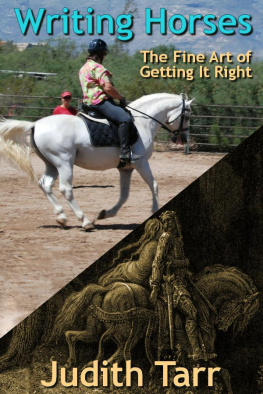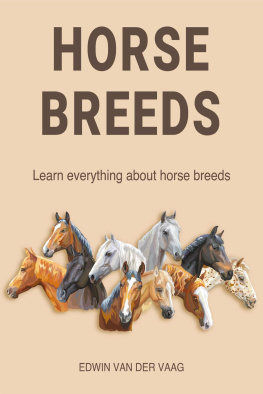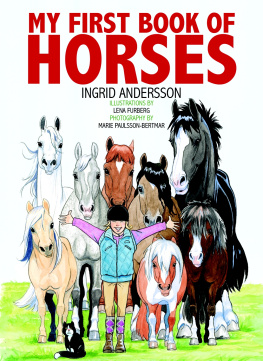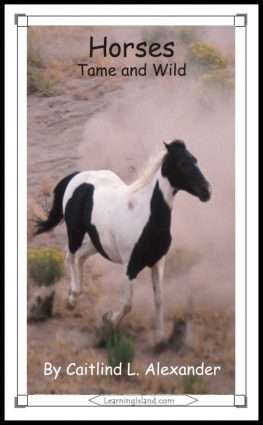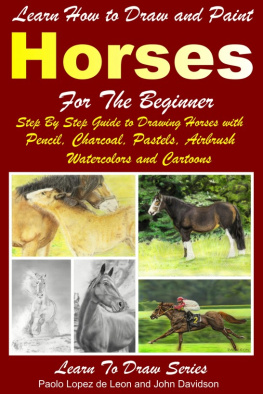Shire Publications, an imprint of Osprey Publishing Ltd c/o Bloomsbury Publishing Plc, PO Box 883, Oxford, OX1 9PL, UK
Or
c/o Bloomsbury Publishing Inc., 1385 Broadway, 5th Floor, New York, NY 10018, USA
E-mail:
www.shirebooks.co.uk
This electronic edition published in 2017 by Bloomsbury Publishing Plc
SHIRE is a trademark of Osprey Publishing Ltd, a division of Bloomsbury Publishing Plc.
First published in Great Britain in 2017
2017 Kathleen Walker-Meikle
All rights reserved
You may not copy, distribute, transmit, reproduce or otherwise make available this publication (or any part of it) in any form, or by any means (including without limitation electronic, digital, optical, mechanical, photocopying, printing, recording or otherwise), without the prior written permission of the publisher. Any person who does any unauthorised act in relation to this publication may be liable to criminal prosecution and civil claims for damages.
Every attempt has been made by the Publishers to secure the appropriate permissions for materials reproduced in this book. If there has been any oversight we will be happy to rectify the situation and a written submission should be made to the Publishers.
A CIP catalogue record for this book is available from the British Library.
ISBN: 978-1-7844-2227-1 (HB)
ISBN: 978-1-7844-2226-4 (eBook)
ISBN: 978-1-7844-2225-7 (ePDF)
Kathleen Walker-Meikle has asserted her right under the Copyright, Designs and Patents Act, 1988, to be identified as the author of this book.
Front cover image:
Mambrino by George Stubbs, 1799. (Bridgeman Images)
Shire Publications supports the Woodland Trust, the UKs leading woodland conservation charity. Between 2014 and 2018 our donations are being spent on their Centenary Woods project in the UK.

INTRODUCTION
The fates of people and horses have been entwined for thousands of years. First hunted as a source of food, the horse (Equus ferus caballus) was then domesticated around six thousand years ago, and since then, has played an enormous role in human civilisation. Horses have ploughed fields, raced on tracks, pulled chariots, carts and carriages, and have been used as mounts for travel and cavalry use. They have been carefully bred for different purposes, so we have breeds from the mighty Shire horse, standing at around 17 hands (173cm to the withers), to the diminutive Fallabella (no more than 8 hands, around 80cm at the withers).
Since the invention of steam and internal combustion engines, the horses central role in transportation has greatly diminished in many countries, as trains, lorries, planes and cars have taken their place in moving people and cargo from one place to the other. The horse still plays an important part around the world, particularly as a working animal in agriculture, helping to herd livestock, move heavy loads, plough fields and even thresh grain. It is now often ridden for pleasure, from enjoyable hacks in the countryside to participating in equine sports such as dressage, eventing, show-jumping or barrel-racing. Watching (and betting) on horses racing against each other is enjoyed by millions of people around the world.
This little book presents a short introduction to horses in history. Horses abound in mythology and literature, from the chariot-mad son in Aristophanes The Clouds to the appropriate steeds of both Don Quixote and Sancho Panza. Poets have written verses praising their qualities. Horses have played a fundamental part in warfare for millennia, from pulling chariots to hauling artillery pieces and cavalry charging en masse. They have also been used for entertainment in circuses, specialist horse shows, films, television series and have even been trained to perform mathematical tricks for an audience. Horses have always been beloved by their owners, and this book recounts some of these partnerships from the Ancient Roman emperor Caligulas doted-on equine Incitatus, to Copenhagen, the Duke of Wellingtons loyal steed in battle. And horses have been an inspiration to artists and craftsman, from cave-paintings of wild horses to proud portraits immortalising records of racing champions.
Contents

The Przewalskis Horse (Equus ferus przewalskii) is the last surviving subspecies of true wild horses, as opposed to feral horses, which are domesticated horses (Equus ferus caballus) or their offspring (such as the Brumbies of Australia or the Mustangs of the American West). The Przewalskis Horse became extinct in the wild but is now being reintroduced in small numbers in Mongolia and China. The species is named after the nineteenth-century Russian explorer Nikolai Mikhailovich Przhevalsky, who described the rare horse in 1881. They are dun-coloured, often with stripes on the legs, and live in small family groups.
There are also wild animals of the wider equid family, such as zebras, onagers and wild asses.

A twelfth-century game piece showing Hercules feeding Diomedes to his own horses.
Horses abound in Ancient Greek mythology and literature. Pluto, God of the Underworld, drove a chariot pulled by four black or sky-coloured horses. Their names were Abatos (inacessible), Abaster (lacking light), Aeton (swift as an eagle) and Alastor (avenging spirit). Helios, the Sun-God, used a variety of horses to pull his sun-chariot across the sky; they included Aethon, Amethea, Eous, Phlegon and Pyrois. His son Phaeton attempted to drive the chariot across the sky but could not control the horses, and damaged the earth below by the erratic motion of the chariot. Zeus, King of the Gods, sent a thunderbolt, which destroyed the chariot, sent the horses flying back to their stable and plunged Phaeton fatally to earth.
Other mythical horses included the Mares of Diomedes, King of Thrace. Their names were Podargos (swift), Lampon (shining), Xanthos (yellow) and Deinos (terrible). They were wild and had a reputation for eating people. The Greek hero Hercules killed their owner and fed Diomedes to his own horses. This diet calmed them down and Hercules was able to bring them back to King Eurystheus as one of his Labours.
Horses appear in Homers Iliad. The Trojan hero Hector is referred to as the breaker of horses. Balios (dappled) and Xanthos (blonde) pulled the chariot of the fabled Achaean warrior Achilles. They were immortal horses, a gift to Achilles father Peleus, on the occasion of his wedding, who gave them in turn to his son. They could run as fast as the wind and when Achilles beloved comrade-in-arms, Patrocles, was killed in battle while driving them, they wept:
They were unwilling to go back to the wide passage of Helle and the ships, or back into the fighting after the Achaeans, but still as stands a grave monument which is set over the mounded tomb of a dead man or lady, they stood there holding motionless in its place the fair-wrought chariot, leaning their heads along the ground, and warm tears were running earthward from underneath the lids of the mourning horses who longed for their charioteer, while their bright manes were made dirty as they streamed down either side of the yoke from under the yoke pad.

